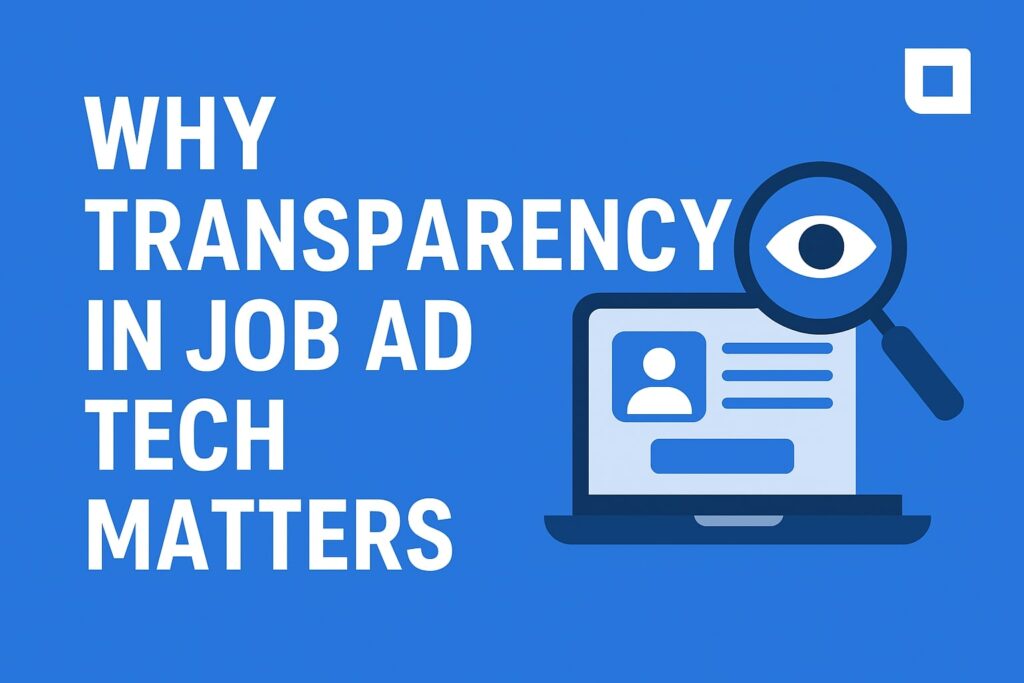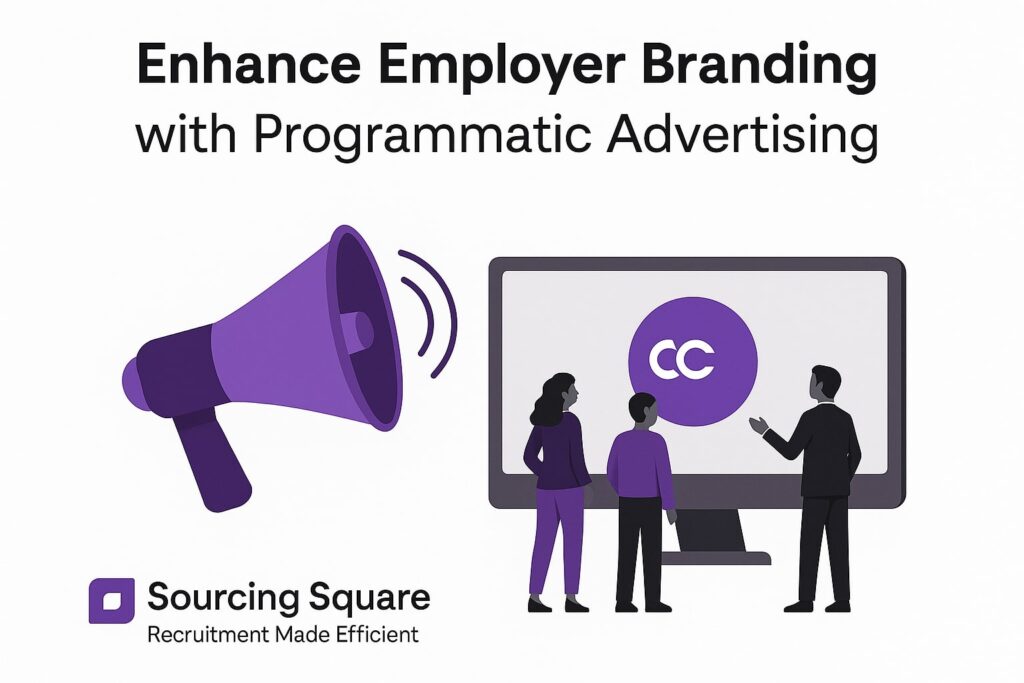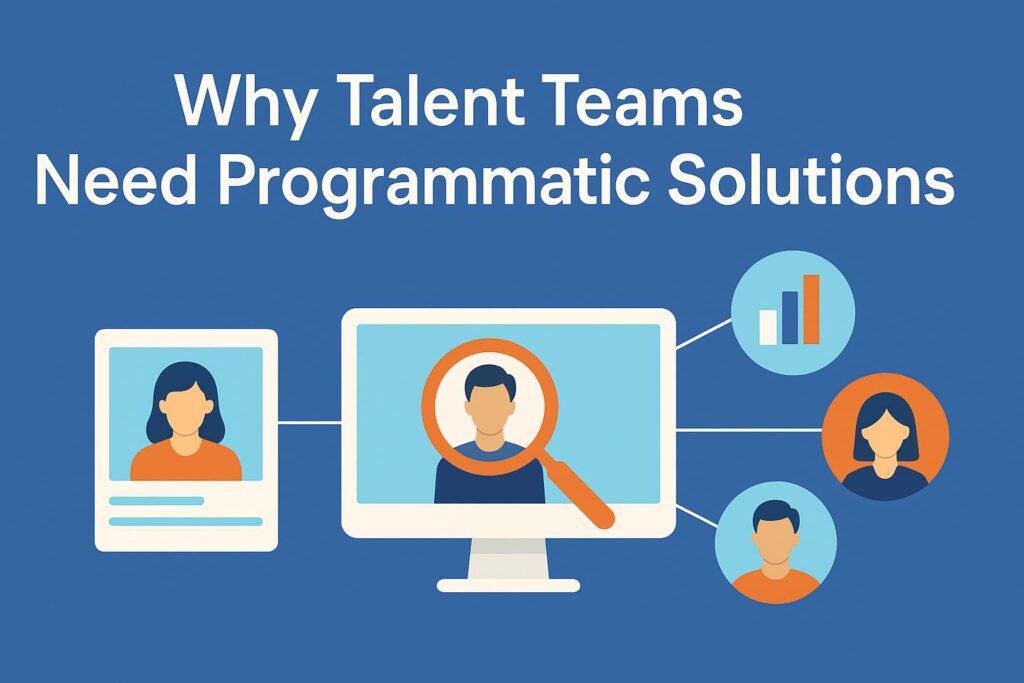In today’s fast-paced and competitive job market, organizations are constantly seeking innovative ways to attract top talent efficiently and effectively. One such avenue that has gained significant traction in recent years is programmatic recruitment. By leveraging technology and data analytics, programmatic recruitment allows companies to streamline their hiring processes, target the right candidates, and improve overall transparency in recruitment efforts.
What is Programmatic Recruitment?
Programmatic recruitment involves the use of automated processes and algorithms to manage and optimize job advertising campaigns across various digital platforms, including job boards, social media, and niche websites. It enables recruiters to reach a wider audience while also ensuring that job postings are displayed to relevant candidates based on their qualifications, skills, and preferences.
Transparency plays a crucial role in recruitment, as candidates expect clarity and honesty throughout the hiring process.
Programmatic recruitment enhances transparency in several ways:
Expanded Reach
Programmatic recruitment significantly enhances transparency by expanding the reach of job advertisements to a broader and more diverse audience. Traditional recruitment methods often rely on limited channels, resulting in missed opportunities to connect with qualified candidates. However, programmatic recruitment utilizes advanced algorithms and data analytics to identify relevant platforms and target specific demographics effectively. By leveraging programmatic technology, recruiters can ensure that job postings are displayed on a wide range of digital channels, including job boards, social media platforms, and niche websites. This expanded reach not only increases the visibility of job opportunities but also provides candidates with greater access to information about available roles and companies.
Moreover, programmatic recruitment allows recruiters to track the performance of their job advertising campaigns in real-time, providing insights into which channels and messaging resonate most with their target audience. This data-driven approach enables recruiters to make informed decisions about where to allocate resources and optimize their recruitment strategies for better results. Overall, programmatic recruitment enhances transparency in expanded reach by maximizing the visibility of job opportunities and providing recruiters with actionable insights to reach and engage with a diverse pool of candidates.
Clear Job Advertisement
Programmatic recruitment platforms enable recruiters to create detailed and accurate job postings. By clearly outlining job responsibilities, qualifications, and expectations, candidates can make informed decisions about whether to apply for a particular role. Transparent job advertisements help manage candidate expectations and reduce the likelihood of mismatches between job seekers and employers.
Data-driven Insights
Programmatic recruitment relies on data analytics to optimize job advertising campaigns. Recruiters can access real-time analytics and performance metrics to assess the effectiveness of their recruitment efforts. By analyzing data such as application rates, click-through rates, and candidate demographics, recruiters gain valuable insights into which channels and messaging resonate most with their target audience. This data-driven approach enhances transparency by enabling recruiters to make informed decisions based on empirical evidence rather than intuition or guesswork.
Candidate Experience
Transparency in recruitment extends to the candidate experience. Programmatic recruitment platforms often feature user-friendly interfaces that provide candidates with clear and accessible information about job opportunities, application processes, and company culture. Additionally, automated communication tools can keep candidates informed at every stage of the hiring process, from application submission to final decision. By providing timely updates and feedback, recruiters demonstrate their commitment to transparency and respect for candidates’ time and effort.
Equal Opportunity
Programmatic recruitment helps minimize unconscious bias in the hiring process by focusing on objective criteria and qualifications. Algorithms analyze candidate data to identify suitable matches based on skills, experience, and cultural fit, rather than subjective factors such as gender, race, or age. By promoting fairness and equal opportunity, programmatic recruitment enhances transparency and diversity in the workforce.
Compliance and Accountability
In an era of increasing regulatory scrutiny and corporate accountability, transparency in recruitment is essential for ensuring compliance with labor laws and regulations. Programmatic recruitment platforms can help recruiters track and document their hiring processes, including candidate interactions, job offers, and diversity initiatives. By maintaining accurate records and audit trails, organizations can demonstrate their commitment to fair and ethical recruitment practices while mitigating legal risks.
Cost-Effective Solution
Programmatic recruitment offers significant cost-saving benefits compared to traditional hiring methods. By automating various aspects of the recruitment process, such as job ad placement and candidate sourcing, programmatic recruitment reduces the time and resources required for manual tasks. This automation streamlines workflow efficiencies, allowing recruiters to focus on high-value activities like candidate engagement and selection. Additionally, programmatic recruitment platforms leverage data analytics to optimize job advertising campaigns, ensuring that recruiters allocate their budget effectively. By analyzing performance metrics such as click-through rates, application rates, and cost per hire, recruiters can identify the most cost-effective channels and adjust their strategies accordingly. This data-driven approach minimizes wasted spending on ineffective advertising channels and maximizes the return on investment (ROI) for recruitment efforts.
Furthermore, programmatic recruitment helps reduce hiring costs by improving the quality of candidate matches. By leveraging algorithms to target specific demographics and qualifications, recruiters can attract better-suited candidates who are more likely to succeed in the role, reducing turnover and associated hiring costs. Overall, programmatic recruitment helps organizations save money by automating tasks, optimizing advertising spend, and improving candidate quality, leading to more efficient and cost-effective hiring processes.
Feedback and Improvement
Transparency fosters a culture of continuous improvement in recruitment processes. By soliciting feedback from candidates, recruiters can identify areas for improvement and implement changes to enhance the overall candidate experience. Programmatic recruitment platforms often include survey tools and feedback mechanisms to gather insights from applicants about their recruitment journey. Analyzing this feedback allows recruiters to identify pain points, address concerns, and optimize their recruitment strategies for better results.
In summary, programmatic transparency elevates recruitment strategies by promoting clarity, fairness, and accountability throughout the hiring process. By leveraging technology, data analytics, and automation, organizations can streamline their recruitment efforts, target the right candidates, and provide a positive candidate experience. As the recruitment landscape continues to evolve, embracing programmatic transparency will be essential for staying competitive and attracting top talent in today’s digital age.
Sourcing Square enhances programmatic transparency by offering data-driven insights, clear job advertisements, and candidate-focused experiences. Through its platform, recruiters can optimize job advertising campaigns, minimize bias, and maintain compliance with labor laws, fostering fairness, accountability, and efficiency in recruitment processes.




